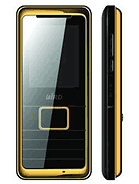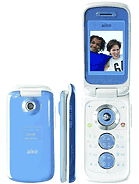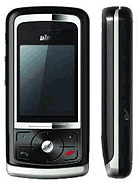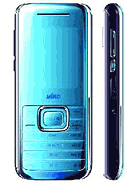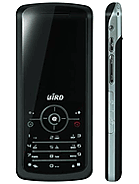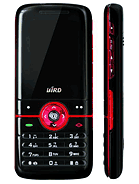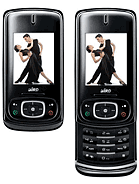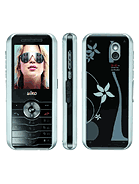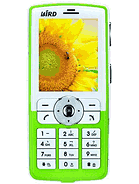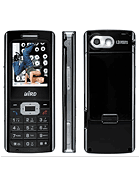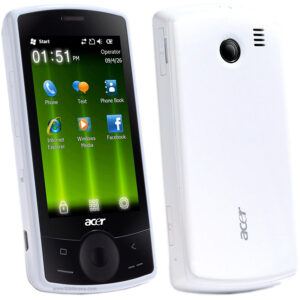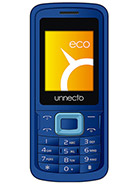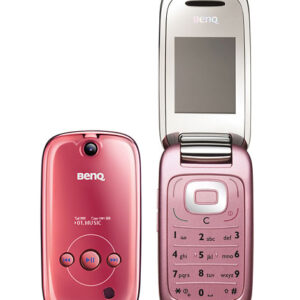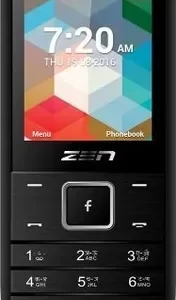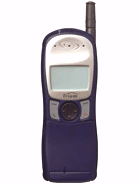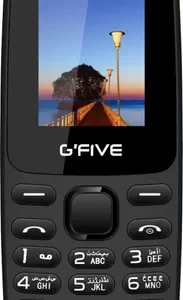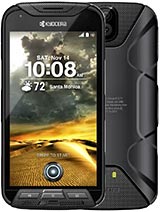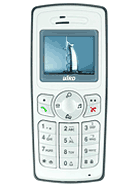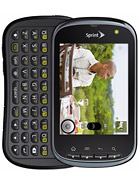Bird D706 Overall Review
The Bird D706 is a classic example of early mobile phone technology, having been announced in 2007. It features a modest 1.9-inch display, suitable for the device’s primary functions of calling and texting. With a 1.3 MP primary camera, it allows users to capture essential moments, though the quality is basic by today’s standards.
This phone is powered by a 600 mAh battery, which, given the limited functionality and low power consumption of feature phones, should provide a reasonable amount of usage time between charges. The D706 comes with 60 MB of storage, which for its time was sufficient for storing a modest number of photos and MP3 files.
Despite its simplicity, the Bird D706 includes features that were quite common at the time, such as SMS, EMS, MMS capabilities, a WAP 2.0 browser for basic internet browsing, and support for Java applications. This makes it more versatile than it might first appear, though it’s still firmly in the feature phone category.
